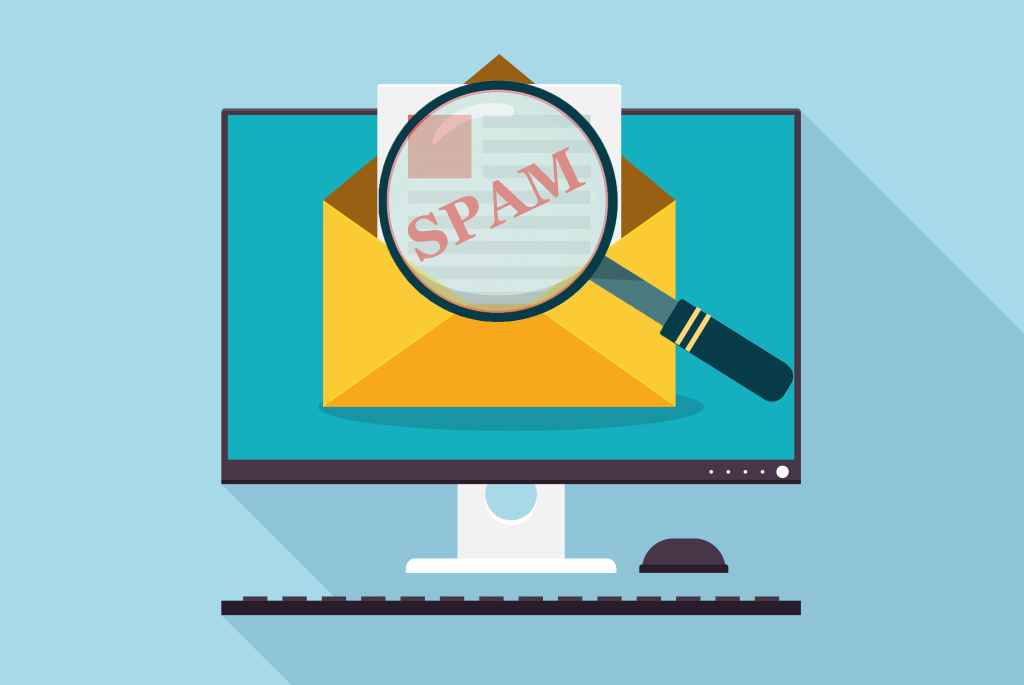What is Email Spam?
Email spam, also known as junk email, is unsolicited messages sent in bulk by email (spamming).
It is not only annoying but also dangerous to users. So, what is email spam? It is nothing but junk email or unsolicited bulk emails sent through the email system.
It refers to the use of an email system to send unsolicited emails especially advertising emails to a group of recipients. Unsolicited emails mean the recipient did not grant permission for receiving those emails.
The use of spam emails has been growing in popularity since the last decade and is a problem faced by most email users. Email IDs of users who receive email spam are usually obtained by spambots (automated software that crawls the internet for email addresses).
It is still a problem even today, and spammers still approach it the spam way. Spam accounts for billions of emails sent every day which makes up 98% of all emails. Spam causes businesses billions of dollars every year.
Even though antivirus software has come a long way, infected PCs, trojans and bots are still the major sources of spam. There are billions of public IPs available for use; each one could have thousands of PCs behind it including potentially infected trojans and bots.
With new computers being infected on a regular basis, even some of the best reputation lists such as the SpamRats list with its 70 million listed IPs can only target a small fraction of those billions of addresses.
In the time it takes for spam filters to analyze the content of the email message, find out the source of the email and then submit the IP for blacklisting, you would have already allowed email spam into your system.
It is also termed as junk email, these are suspicious messages sent in bulk through emails. Most of the email spam messages are commercial in nature. They contain links that look genuine and convincingly familiar however the links lead to phishing websites that host malware.
It was first in the early 1990’s the concept of spam emails started. Reports reveal that malware-infected network of computers or the botnets are used to send spam emails. Spambots are used by spammers to obtain email addresses of the target victims and send malicious emails to the obtained email list. Though the spammer sends emails to millions of email addresses, only a small number will respond or communicate with the message.
Types of Email Spam:
Email spam comes in different types. The most common of all is the spam emails that are disguised marketing campaigns for business promotions. It can be the promotion of weight loss programs, job offers and even any clothing brand with unbelievable offers.
Spammers use spam mails to perform email frauds. Fraudulent spams come in the form of phishing emails mostly like a formal communication from banks or any other online payment processors. Phishing emails are crafted to direct victims to a fake organization’s website that is malicious while the user ends up sharing all the personal information like login credentials, financial details to a spammer who is having access to the malicious website.

Preventing Email Spam:
Method 1: Set up a filter in front of your mail server
The most common form of spam protection is set up a filter in front of your mail server. When an email is delivered, it first must pass through the filter before reaching the spam filter. From there (email server), it goes to the client-server. In this stage, the email server knows nothing about the source of the spam and the filter doesn’t know what the client wants to do with the spam. It means that the filter must be one size fits for all.
Method 2: Setting up the filter directly in the mail server
Another common form of spam protection is by setting up the filter directly in the mail server. It requires a much bigger pipeline to the mail server causing more bandwidth, and there are other problems. Spam emails cannot be bounced back in this method.
Using a spam content filter can be very expensive, as the filter must accept the whole message and then apply a certain set of rules to the content that continuously changes. Relying entirely on spam filters is a constant game between the filtering software and the spammer. You set up a rule until a spammer finds a way around it. Before your spam filtering rules can be updated to accommodate the new strategy, you have already allowed lots of email spam onto your server. It’s a constant game, and it requires a better solution.
Method 3: Never respond to spam
If you recognize something as spam before you open it, don’t open it. If you open it and then realize it’s spam, close it. Do not click a link or a button, or download a file, from a message that you even remotely suspect is spam.
If you opened spam because it appeared to be coming from a friend or co-worker, contact them immediately and let them know that their account has been compromised.
Method 4: Hide your email address
The more people who have your email address, the more spam you’re going to get. So keep your address close to your chest.
Don’t publish it on the web unless you absolutely have to. (I have to, and it’s not fun.) And if you have to, use a different address for that purpose. Use disposable email addresses when you’re not comfortable sharing your real one.
I hope you have enjoyed this article.
General Questions And Query by vistiors:
What is SMTP RDP?
SMTP RDP is those RDP with ports enabled for SMTP like port 25, 587 which allow users to use SMTP software commonly known as mass mailing, to send emails in bulk to clients for marketing purposes. You can send up to 100k per day with this software.


